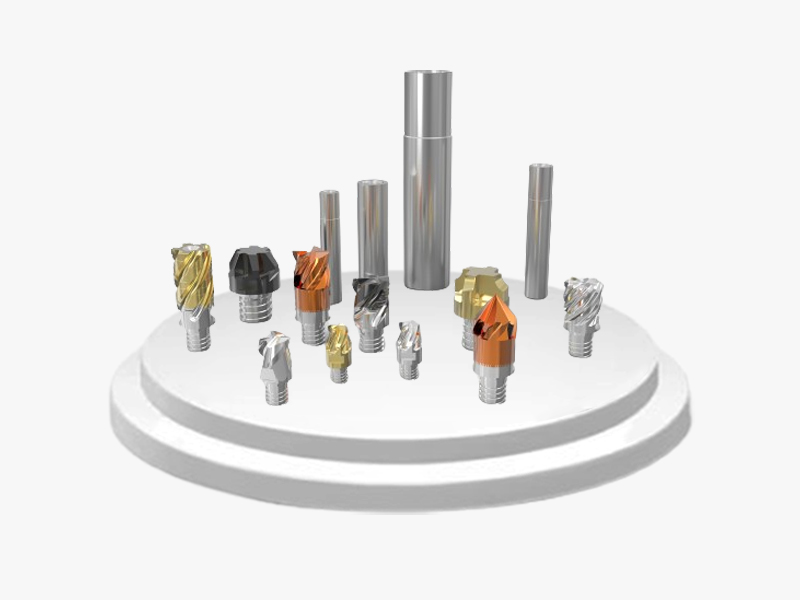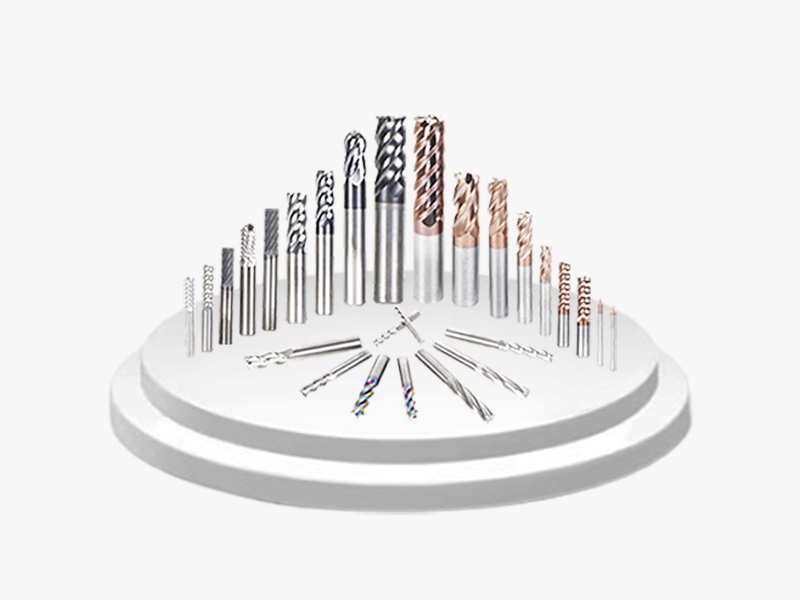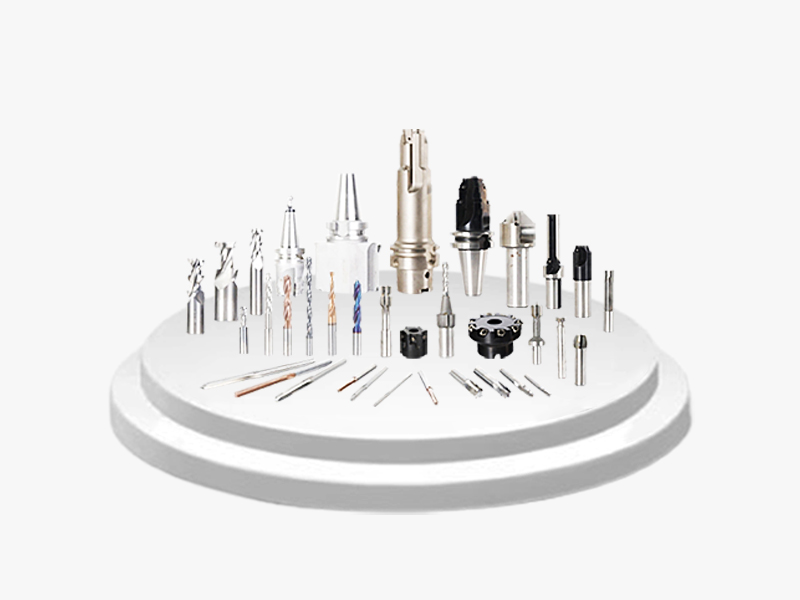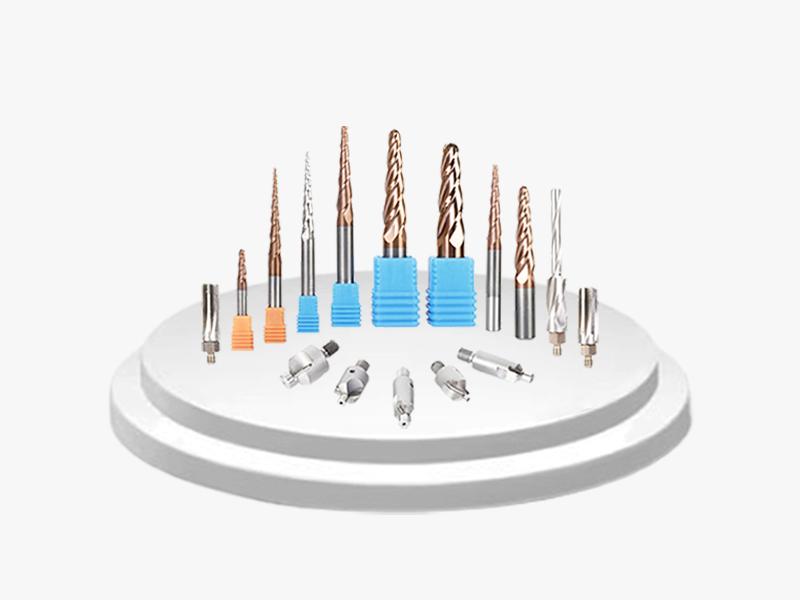Interchangeable Cutter Head Assembly Tool

Interchangeable Cutter Head Assembly Tool
Standard Tools

Standard Tools
Single edge milling cutter
Milling cutter for aluminum
50° milling cutter for bronze steel
60° milling cutter for black steel
Carbon fiber milling cutter
55° Purple Steel Milling Cutter
Small diameter milling cutter
Milling cutter for 65° blue steel
Wave edge rough and fine integrated milling cutter
Large helix angle milling cutter
Aluminum drill bit
Drill bits for steel
Non-standard Tools
Aviation Cutting Tools



 lubin@china-end-mill.com
lubin@china-end-mill.com







